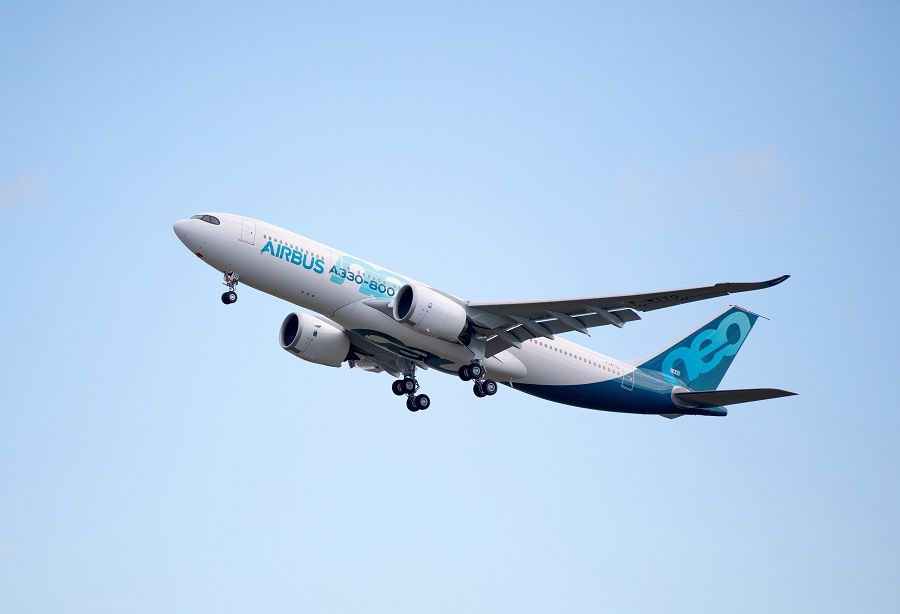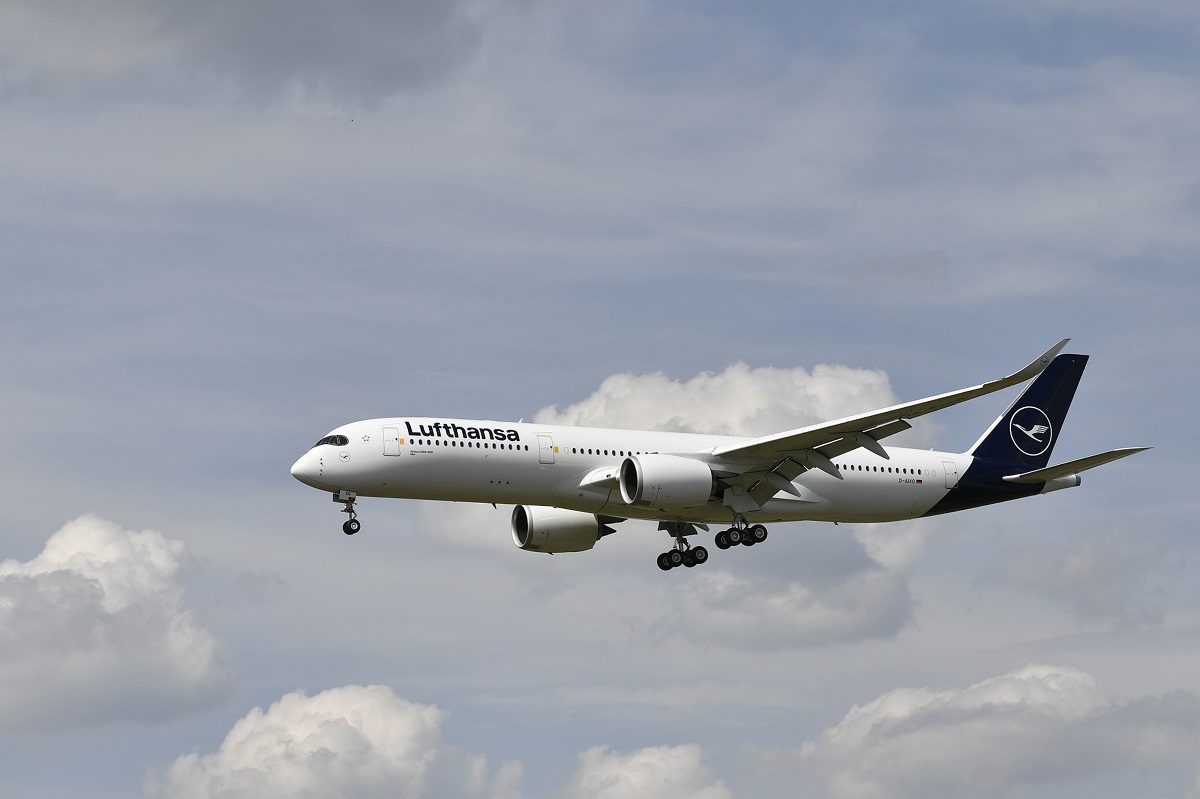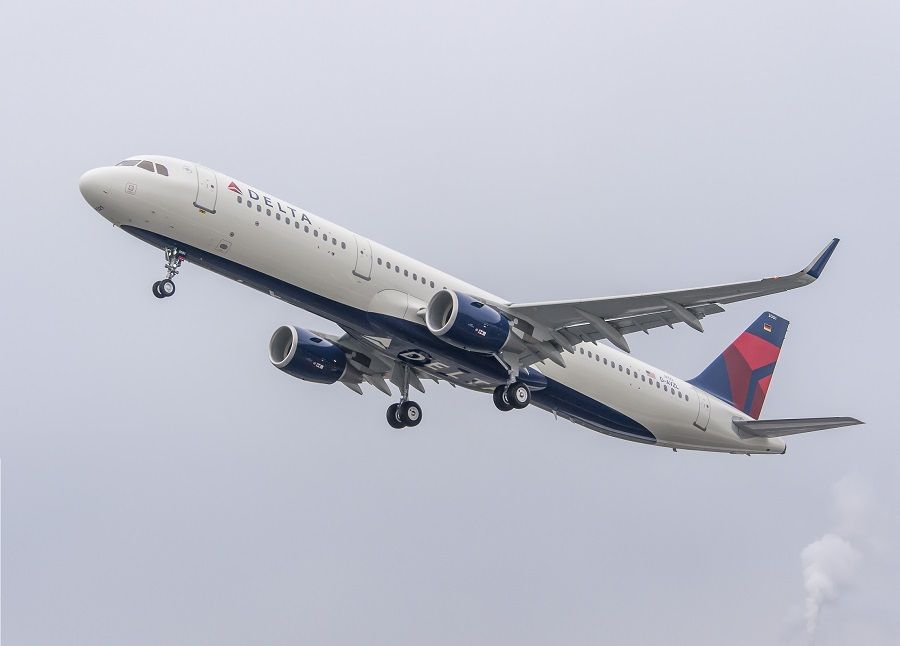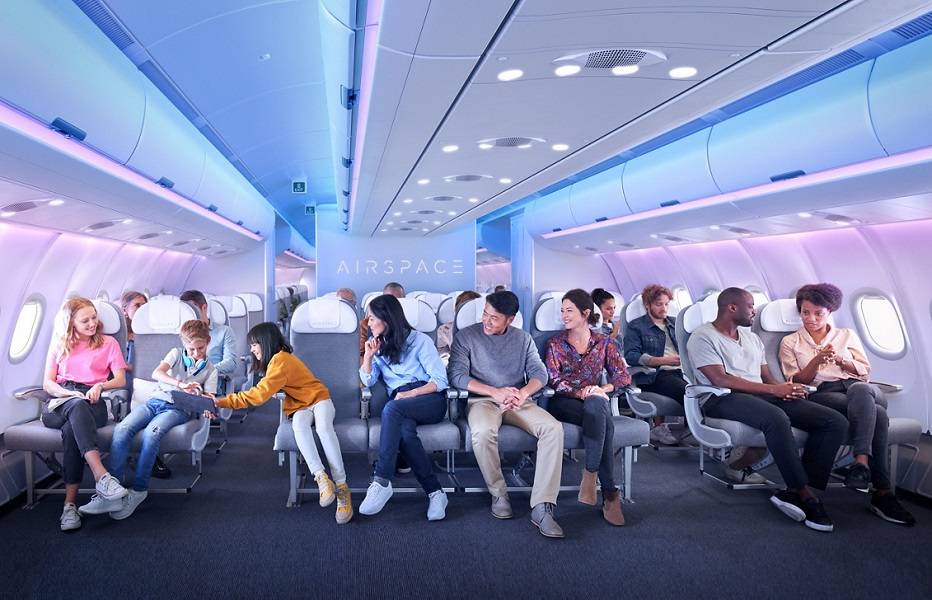Many expected Airbus to replace the A330 with something new, probably a shorter A350. Its problem? It’s not small enough.
Recently we saw how an updated Boeing 767 could play a new role, in giving Boeing a stop-gap until they have a 737 replacement. Today we will switch camps, and see how the A330 fits in the Airbus family. And if it, too, can have such a role. Or more importantly, if it needs to.
You may have missed it, but 2020 saw the certification of a new aircraft! It was the Airbus A330-800, back in February. The -800 is essentially the ‘neo’ version of the A330-200, the shortest version of this model. A decade ago, news of the development of such a plane would have made people shake their heads. Back then, the A330 was ‘old news’.

When it first appeared, Airbus would boast that the A330 was new. It entered service in 1994, 12 years after the Boeing 767. But calling it a new plane is a bit misleading. The A330/A340 had the same fuselage as the A300. But it had new fly-by-wire, which meant a lot, especially to airlines with A320s in their fleets. Airbus pilots could convert from single-aisle to twin-aisle Airbuses via a short, one-week course.
To Update Or To Replace The Airbus A330
But by the mid 2000s, the cabin of the A330 was beginning to show its age. Airbus floated the idea of updating the aircraft then, with new engines and possibly a new wing. But the airlines were too busy drooling over the Boeing 787. So, Airbus went ahead with the development of the A350. But immediately, something odd happened.
Boeing designed their 787 to have 3-3-3 seating. This was an interesting choice. The 767 had always been at a disadvantage against the A330. The old Boeing had 2-3-2 seating – only one seat more than single-aisle jets! The Airbus A330 had the same 2-4-2 seating as the A300. The A350 is the latest of this bunch. So, Airbus gave it the same 3-3-3 seating as the 787, but with 12cm (~5”) more width.

This bit of antagonism meant that the A350 wasn’t a direct replacement for the Airbus A330. This was not seen as a problem. If anything, some observed that the two were already too close. Airbus eventually cancelled the A350-800, the smallest A350 variant. That was because it was the same, in seat capacity, as the bigger A330-300.
However the increase in size meant that the gap between the A321 (largest single-aisle) and the smallest twin-aisle Airbus, would grow. Since Airbus wasn’t stopping the A330’s production, they weren’t too worried. Crucially, at the time (late 00s) they were thinking of designing a replacement for the A320 family.
Later Airbus decided the money wasn’t there, so they developed the A320neo update, instead. And that meant that Airbus will still have the A320 and the A330 neo families for the foreseeable future. Which is fine, because the old versions (ceo) of these models is what they had previously. Right?

New Sizes For New Roles
Well let’s see: the biggest member of the A320 family is the A321neo. It has an exit-mandated maximum capacity of 240 passengers. Airbus’ smallest member of the A330neo is the A330-800 that they certified this year. In single-class configuration it has over 400 seats. Other than some airlines in Asia, most airlines will use it with 240-260 seats. With a comparable 2-class configuration, the A321XLR would have 200-206 seats.
That gap is a bit uncomfortable – now. It was always there, for as long as the Airbus A320 and A330 have been in production, of course. Except back then, airlines weren’t interested in flying single-aisle jets in long-haul. This is changing, in the newer, point-to-point aviation reality. And the pandemic seems likely to make it change even quicker.
This uncomfortable A320-A330 seating gap is why Airbus are considering a stretch A321XLR (A322LR?). It would have some new limitations in rotation on take-off and maybe landing speed – issues that may sound familiar to some in the Boeing camp. But the problem for Airbus, is that an ‘A322’ stretch would require either more powerful engines or a new wing. Or both.

So such a project is unlikely for Airbus to tackle. Just yesterday we saw how JetBlue’s new A220s are ‘pushing’ the A320 family from below. Eventually Airbus will have to design an A320 replacement. Until then, they will keep the A330 around, despite also having the Airbus A350, so close in size.
Is This Really A Problem For Airbus?
It’s ironic, in a way. The 2-4-2 configuration in the Airbus A330 was a selling point of this aircraft, against the ‘enemy’ Boeing 767. But now Airbus must be wishing that its A330neo family was like the 767: a 2-3-2 configuration. Had it been this way, it would be sitting nicely between the A321neo and the A350.

Boeing, on the other hand, are in an interesting position. They’re still making 767s. Restarting to make them with windows and seats wouldn’t be a problem, production-wise. They can borrow engines from the 787/747-8 easily enough. Telescoping the landing gear would be the main challenge – but they have some experience there.
Going back to Airbus, they are not too worried. Because whatever raw specs say, the numbers of sales tell another tale. Airbus’ orders for the shortest new A330 are low: only 14 out of 332 for the whole A330neo family. However, we are expecting a post-pandemic shift, towards single-aisles and smaller twin-aisle jets. The A330-800 was one of few wide-bodies to get new orders in 2020. Stay tuned!



